As water flossers become a core product in the oral-care market, brands increasingly seek reliable OEM partners who can guarantee long-term performance and low return rates. Understanding why a water flosser stops working is crucial—not only for improving product quality but also for making better sourcing and manufacturing decisions. In this article, we provide a manufacturer’s analysis of the most common causes of failure in Water Flosser Stop Working and how proper OEM quality control can prevent these issues.
The heart of every water flosser is its pump. When a unit stops generating pressure or stops working entirely, defective pump components are often responsible.
Typical root causes include:
Motor burnout due to inadequate ventilation
Poor sealing materials leading to leakage
Low-grade pump diaphragms that wear out quickly
A reliable manufacturer ensures pump durability through material selection, fatigue testing, and stress-cycle simulations.
Many customer complaints originate from power-related failures.
Common causes include:
Weak battery cells with insufficient discharge cycles
Poorly designed charging PCBs
Inconsistent soldering quality
OEM factories that prioritize strict battery testing and automated soldering drastically reduce these failure modes.
Water intrusion is one of the leading reasons a water flosser stops working, especially for cordless models.
This usually results from:
Low-grade waterproof adhesives
Inaccurate assembly tolerances
Inadequate IP-rating validation
A high-standard manufacturer conducts IP testing (IPX6, IPX7, or IPX8) on every batch—not just prototypes.
Modern water flossers may include sensors, multi-speed control boards, and smart-start modules.
Failures occur when:
PCB components are not sourced from verified suppliers
Moisture is not properly isolated
OEMs skip burn-in testing for electronics
Strong OEM quality control ensures stable PCB performance over thousands of cycles.
Housing cracks, nozzle loosening, or internal bracket failures can cause secondary damage to motors or PCBs.
Reasons include:
Thin-wall plastic injection molding
Incorrect resin choice
Poor tolerance control in assembly
Professional manufacturers perform mechanical drop tests and tensile tests to verify durability.
Ultimately, many causes of failure stem from inconsistent processes across different factories.
Brands should partner with OEM manufacturers that enforce:
Incoming material inspections
In-line process audits
100% functional testing before packaging
Long-term reliability tests (drop test, aging test, vibration test)
This ensures a consistently reliable water flosser that performs well in the global market.
When choosing a water flosser OEM, understanding the technical reasons behind product failures is essential. A manufacturer that can explain and prevent these issues through rigorous manufacturer analysis and OEM quality control will provide long-term value for your brand.
If you need help evaluating a supplier or want to understand how a high-level OEM ensures product reliability, feel free to ask—I can draft a checklist or supplier audit guide for you.
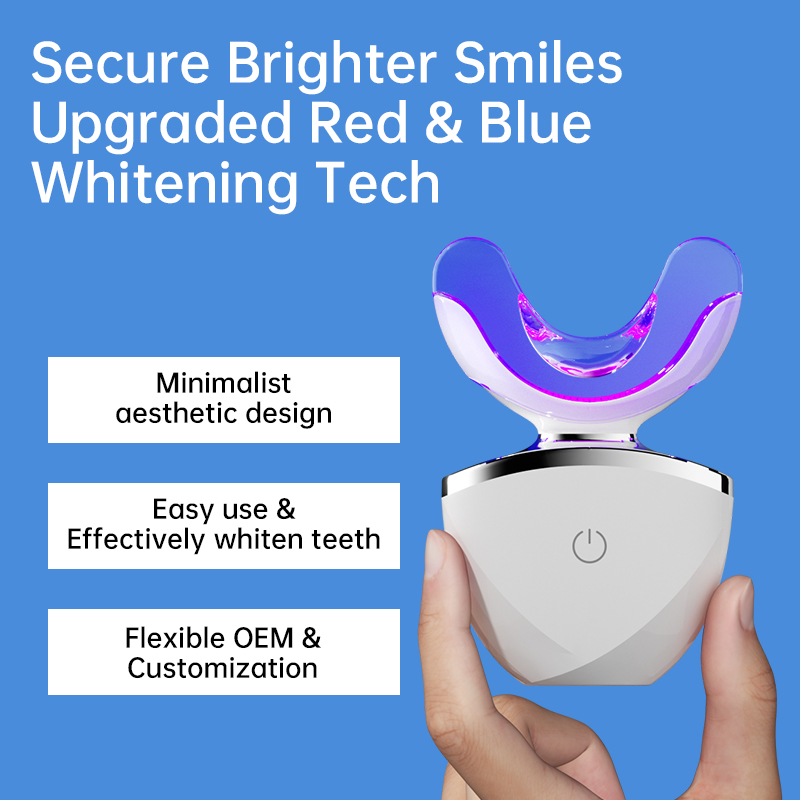
Why Select an Electric Toothbrush Factory with ISO Certified Production for International Sales?

Can Innovative Toothbrush Mold Design Facilitate Ergonomic Custom Toothbrush Handle Production?
Hotel Amenity Sonic Toothbrush Wholesale – OEM Supply for Hospitality Brands
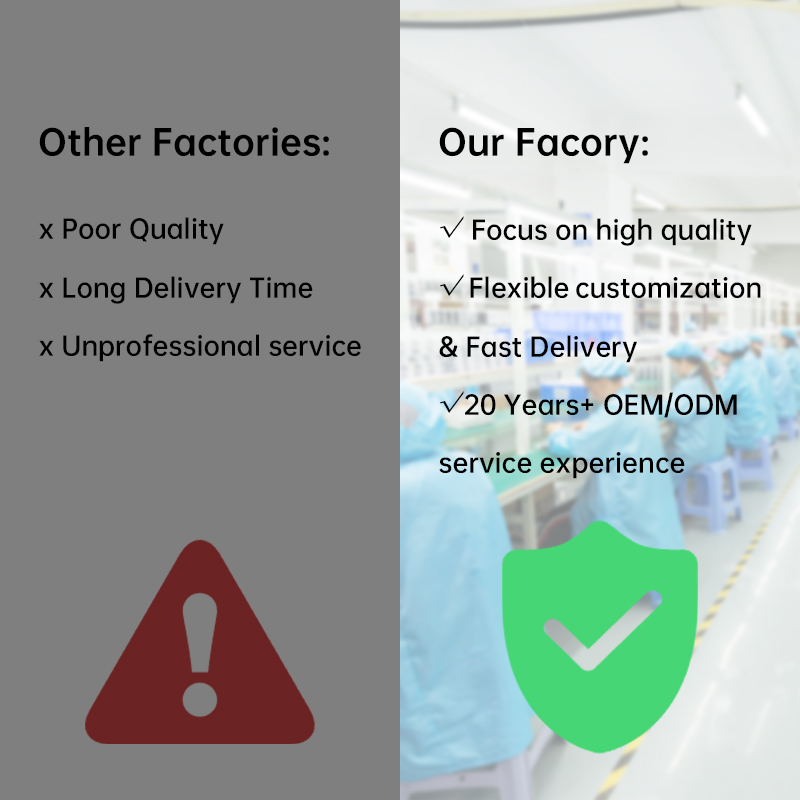
Solving Water Flosser Common Problems: A Manufacturer’s Guide to Reliable water flosser Performance

How Long Is the Warranty on a Water Flosser? OEM Policy Guide
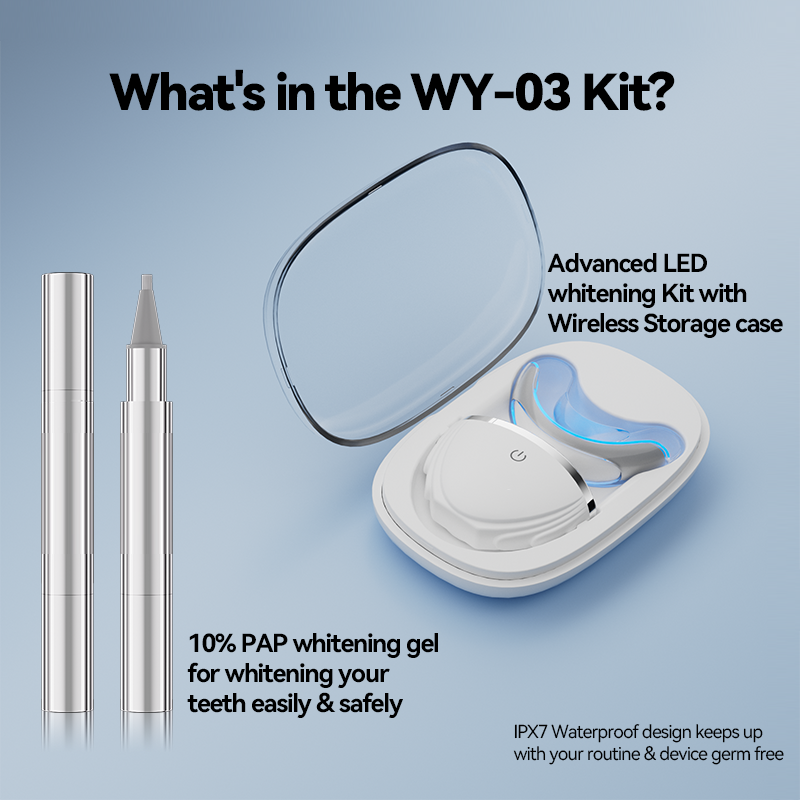
How Does a Teeth Whitening Gel OEM Partner with a Whitening Strips Manufacturer for Holistic Kits?
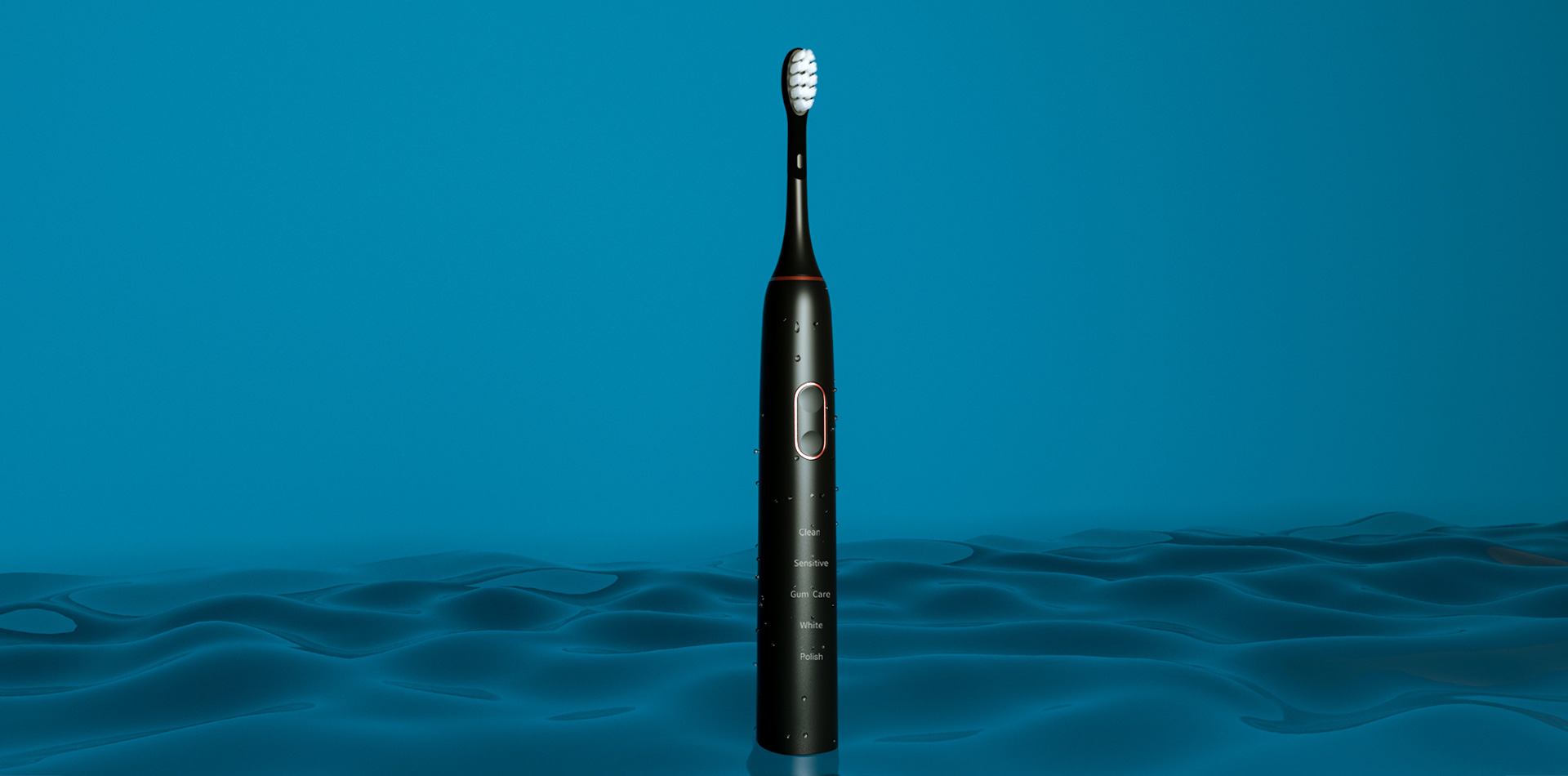
What is the Market Size of Toothbrushes in the US? A Strategic OEM Overview
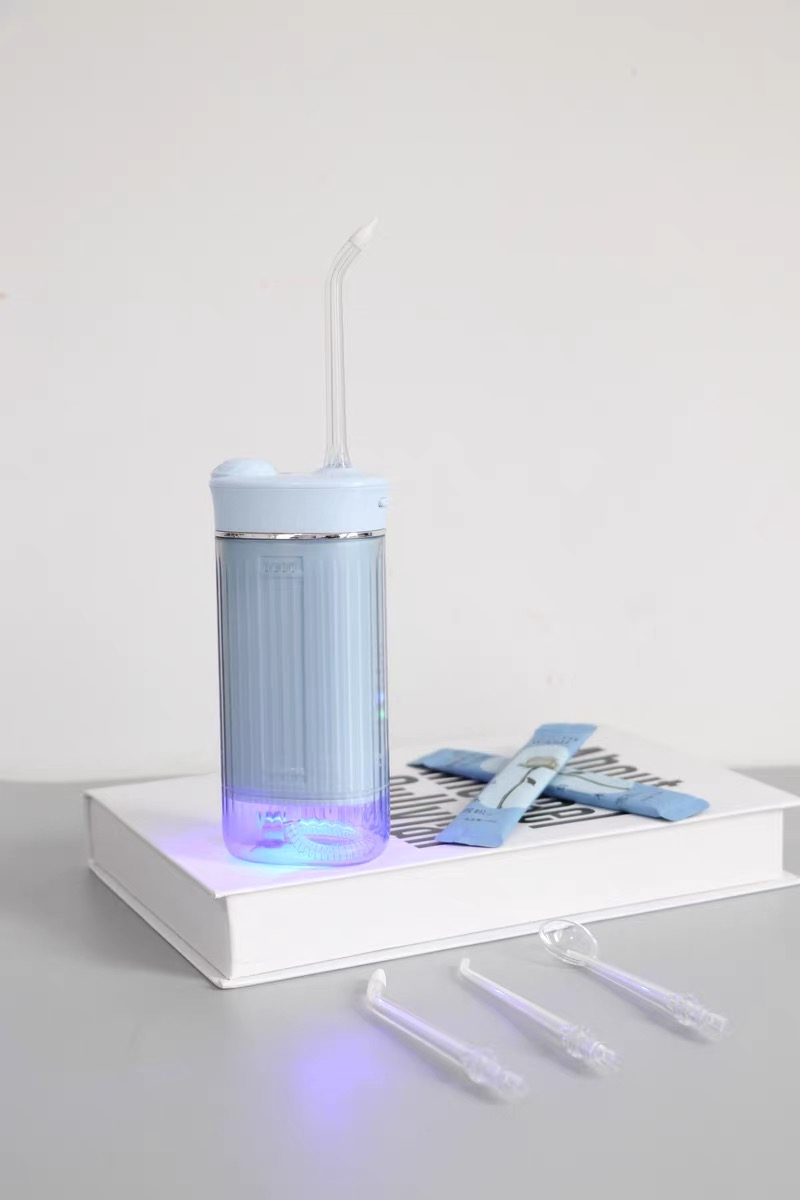
How Do Quality Water Flosser Components Impact the Reliability of an Oral Irrigator OEM Product?

Why Should a Whitening Kit Supplier Include an LED Whitening Device for Advanced Home Care?
Electric Toothbrush for Wellness Subscription Boxes – OEM/ODM Supply Guide

How Do Water Flosser Accessories Enhance the Value of a Travel Oral Care Kit for Distributors?
Portable Teeth Whitening Pen Supplier – OEM/ODM Private Label Solutions

Maximizing Water Flosser Lifespan Through Quality OEM Manufacturing

electric toothbrush heads Charcoal Infuse-Round

Electric toothbrush heads Charcoal Infused-Diamond
.jpg)
Florida Electric Toothbrush – Powsmart PTR-C8

electric toothbrush heads Ultra Soft

electric toothbrush heads Regular Clean

electric toothbrush heads Deep Clean

Customization Teeth Whitening Gel

Private Label Whitening Gel
whstapp
whstapp
National Toll-Free Service Hotline
+86 755 86238638